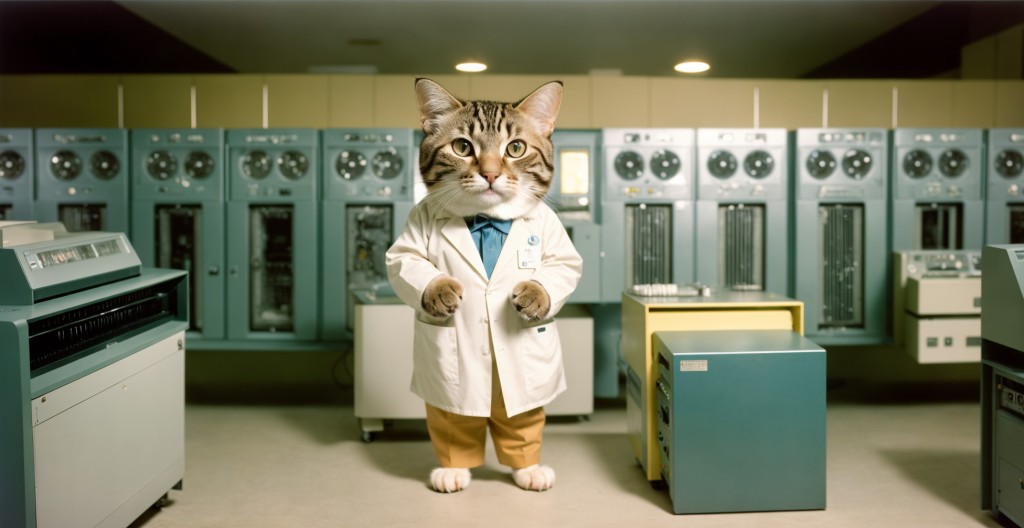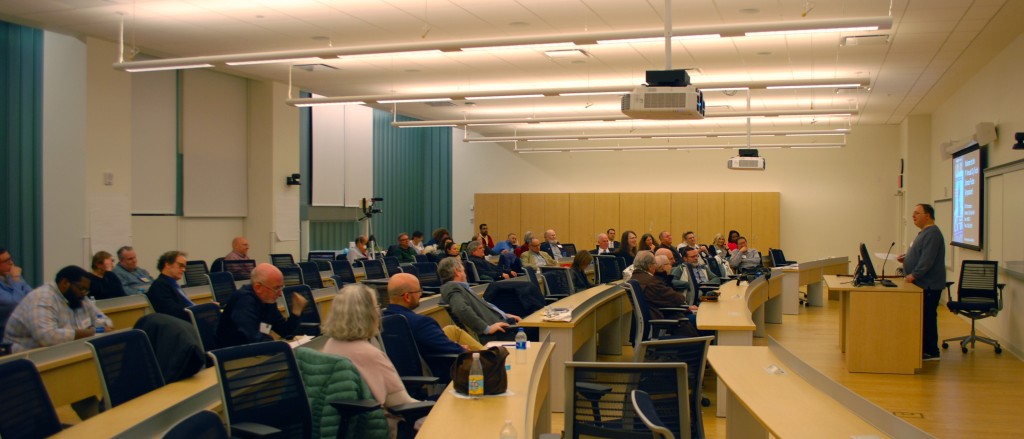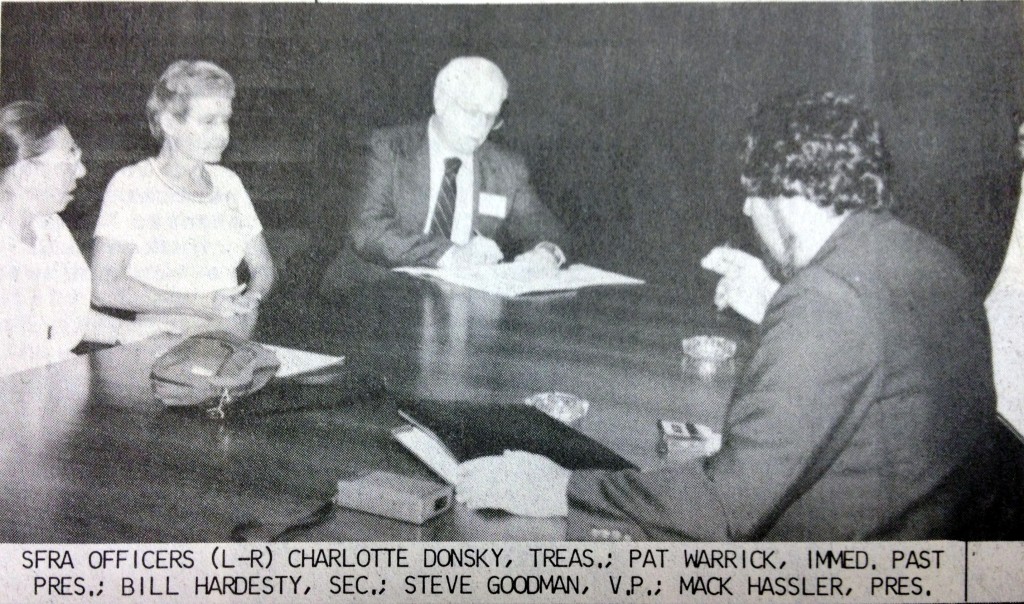
As I wrote about two weeks ago, I realized that the blog side of dynamicsubspace.net needed a serious cleaning to improve its information architecture. There were numerous posts with dead links as well as removed video and images that erased the context and purpose of the page. There were posts lacking relevance to what I wanted to use the site for. There were posts that had not received any views in over 10 years. And there was the issue of my poorly thought out categories and the related issue of tag proliferation.
Since that post, I’ve whittled the categories down to 28 from 30, slashed the tags to 187 from 1,300, and removed 234 posts from just over 1,600 (making yesterday’s post the new post number 1,400). Also, I searched for posts by keywords and re-applied Categories and Tags to help relevant information surface easier through the Categories and Tag clouds in the right sidebar and the relevant posts shared at the bottom of each post (when you click through the title or land on a page through a search engine).
These principles that I’ve learned should apply to any personal website:
- When initially developing your site, take the time to write up a plan that includes its purpose and goals, a list of categories that encompass the kinds of writing that support your your site’s purpose and goals, and a list of possible tags that give granular detail to your categories (knowing these will increase over time).
- Review your posts manually and using tools like Google Search Console to search for deadwood, such as posts with dead links, out of date or irrelevant information, removed embedded content hosted elsewhere, etc. If those posts are cross-linked on other posts or pages, you will need to track those down and remove the links.
- Review your posts’ Categories and Tags. If your Categories change, they might need to be reapplied to some posts. And with your tags, new tags that have relevance to older content should be applied to help build connections and surface that content for your visitors.
- Don’t be afraid to delete. It’s your site, so you get to make the executive decisions about what the site should offer your audience. Old, outdated, broken, and no longer useful information might be choking your audience’s access to the information that your site is providing.
- If you keep your site’s posts relevant and labelled appropriately, you can help your visitors discover the information they are looking for that you provide.





